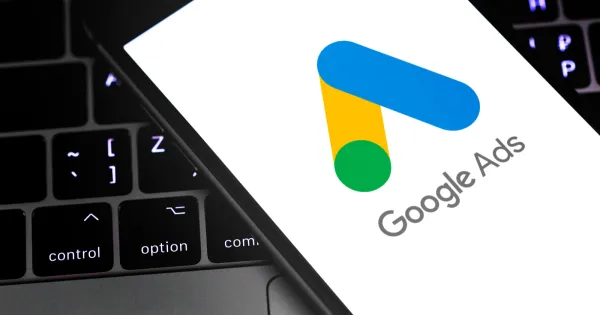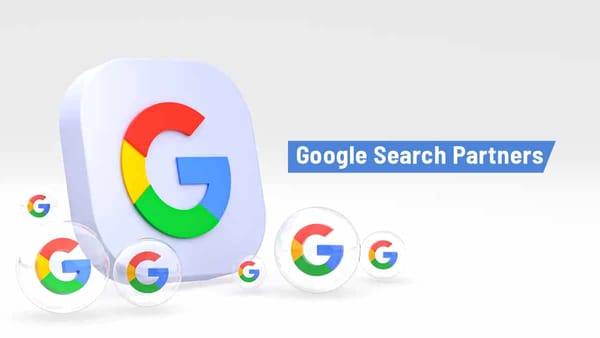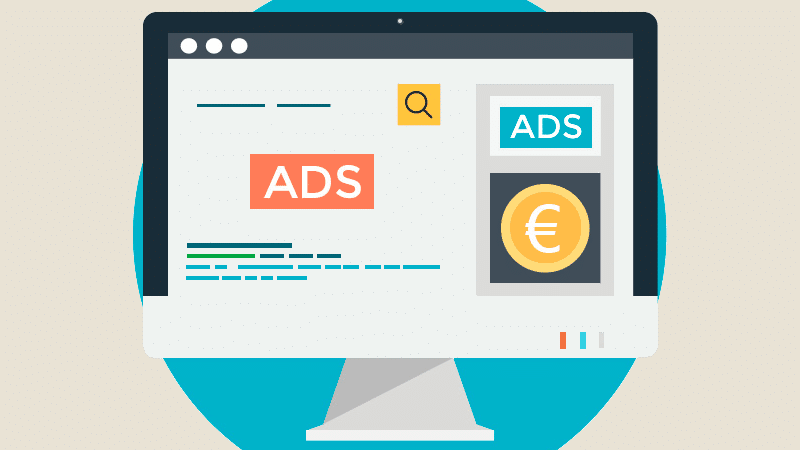The Launch of Webflow: A Game-Changer in Web Design

Introduction
Webflow has revolutionized the way websites are built, providing a powerful no-code platform that bridges the gap between designers and developers. Since its launch, Webflow has become a preferred choice for professionals looking to create visually stunning, responsive websites without relying on extensive coding. But when was Webflow launched, and how did it evolve into the platform we know today?
When Was Webflow Launched?
Webflow was officially launched in August 2013 by co-founders Vlad Magdalin, Bryant Chou, and Sergie Magdalin. Their goal was to create a platform that empowered designers to build professional-grade websites without the need for extensive coding skills.
The idea for Webflow came from Vlad Magdalin’s frustrations with traditional web development tools, which often required complex coding and collaboration between designers and developers. By introducing a visual development platform, Webflow aimed to eliminate these barriers and give designers complete control over web projects.
The Early Days of Webflow
Webflow started as a Y Combinator-backed startup in 2013, gaining attention for its innovative approach to web design. Unlike traditional website builders like WordPress and Wix, Webflow combined visual design flexibility with clean, production-ready code.
In its early years, Webflow:
- Focused on creating a designer-friendly interface
- Introduced a drag-and-drop builder that generated real HTML and CSS
- Gained traction among freelance designers and small businesses
This early momentum helped Webflow grow rapidly and attract a dedicated user base.
Webflow's Evolution Over the Years
Since its launch, Webflow has continuously expanded its features and capabilities:
2015 – Webflow CMS Introduced
Webflow introduced its own content management system (CMS), allowing users to create and manage dynamic content without relying on external databases or plugins.
2017 – Webflow Ecommerce Launched
Recognizing the need for a no-code ecommerce solution, Webflow launched its ecommerce platform, enabling businesses to build and customize online stores without relying on third-party services.
2020 – Growth and Enterprise Adoption
Webflow gained widespread adoption among large enterprises and startups, positioning itself as a serious competitor to traditional development workflows.
2023 – AI and Automation Enhancements
Webflow introduced AI-powered tools and automation features, making it even easier for users to scale their websites efficiently.
Why Webflow's Launch Was a Game-Changer
Webflow’s introduction to the market disrupted the traditional web design industry in several key ways:
- No-Code Revolution: Allowed designers to create websites visually without needing a developer.
- Faster Development Process: Reduced the time needed to build and launch websites.
- Clean, Exportable Code: Unlike many drag-and-drop builders, Webflow generates high-quality, production-ready code.
- Scalability: Enabled businesses of all sizes to build flexible, professional websites.
By empowering designers with full creative control, Webflow bridged the gap between design and development, making it one of the most innovative web design tools in recent history.
Conclusion
Webflow's launch in 2013 marked a major shift in the web design industry, offering a powerful alternative to traditional coding-based workflows. Over the years, it has evolved into a robust platform supporting CMS, ecommerce, and enterprise-level solutions. Today, Webflow continues to shape the future of no-code development, making professional web design more accessible than ever.




